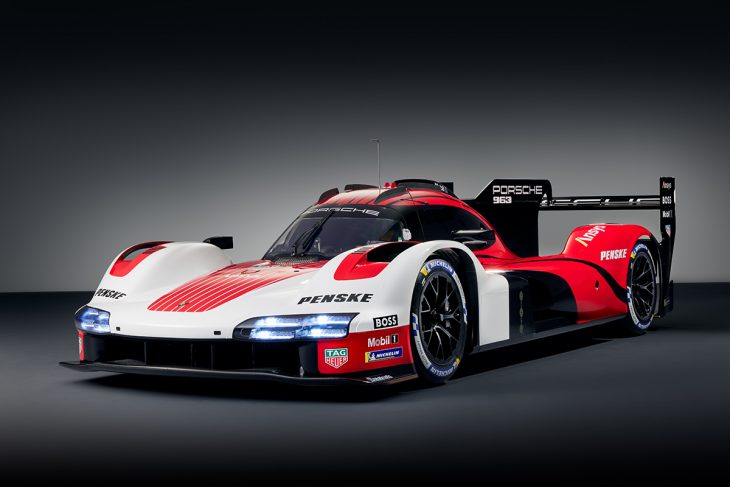The last time a V8 powered a Porsche prototype racing car was over two decades ago, in the RS Spyder, which participated in the American Le Mans Series (ALMS) LMP2 class. The LMP2 car may have had some growing pains at initially, but overall it was incredibly successful, winning the championship title every year it competed in the series from 2006 to 2008. When Porsche and Penske Motorsport returned to the next-generation Prototype class in both IMSA and WEC, it was only natural for the crew to draw on its prosperous past. The V8 engine of the 963, which will be on display this weekend at the Rolex 24 at Daytona, is a direct descendant of the Porsche V8 that dominated the ALMS and powered the road-going 918 Spyder hypercar.
At IMSA’s last test for the Prototype class in December, Jalopnik spoke with Thomas Laudenbach, VP of Porsche Motorsports. In the mid-2000s, Laudenbach was the head of the engine department for Porsche and Penske Motorsport’s LMP2 efforts. The 3.4-litre V8 that powered the winning vehicles served as the foundation for the new 963’s 4.6-litre twin-turbo V8.

